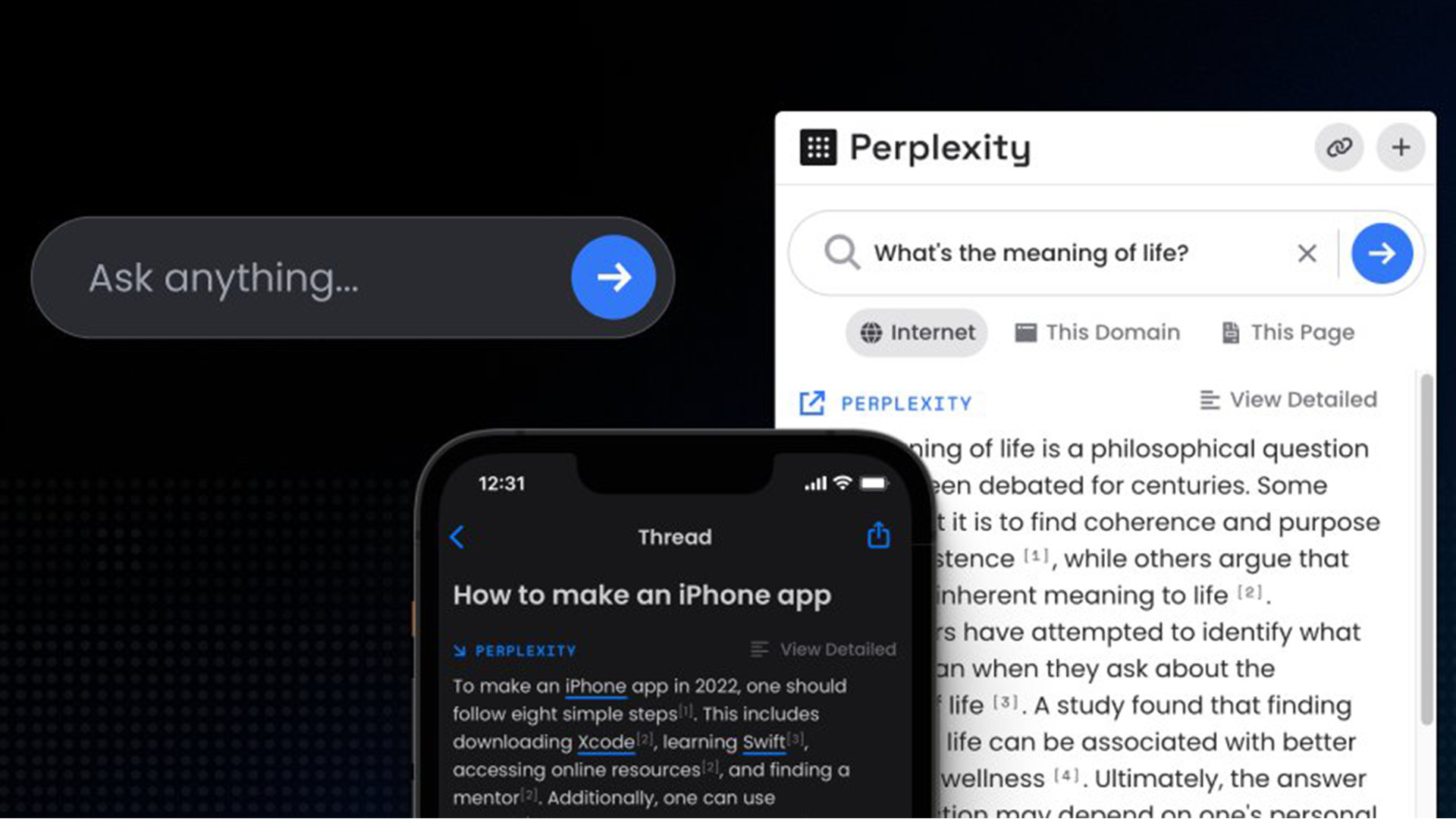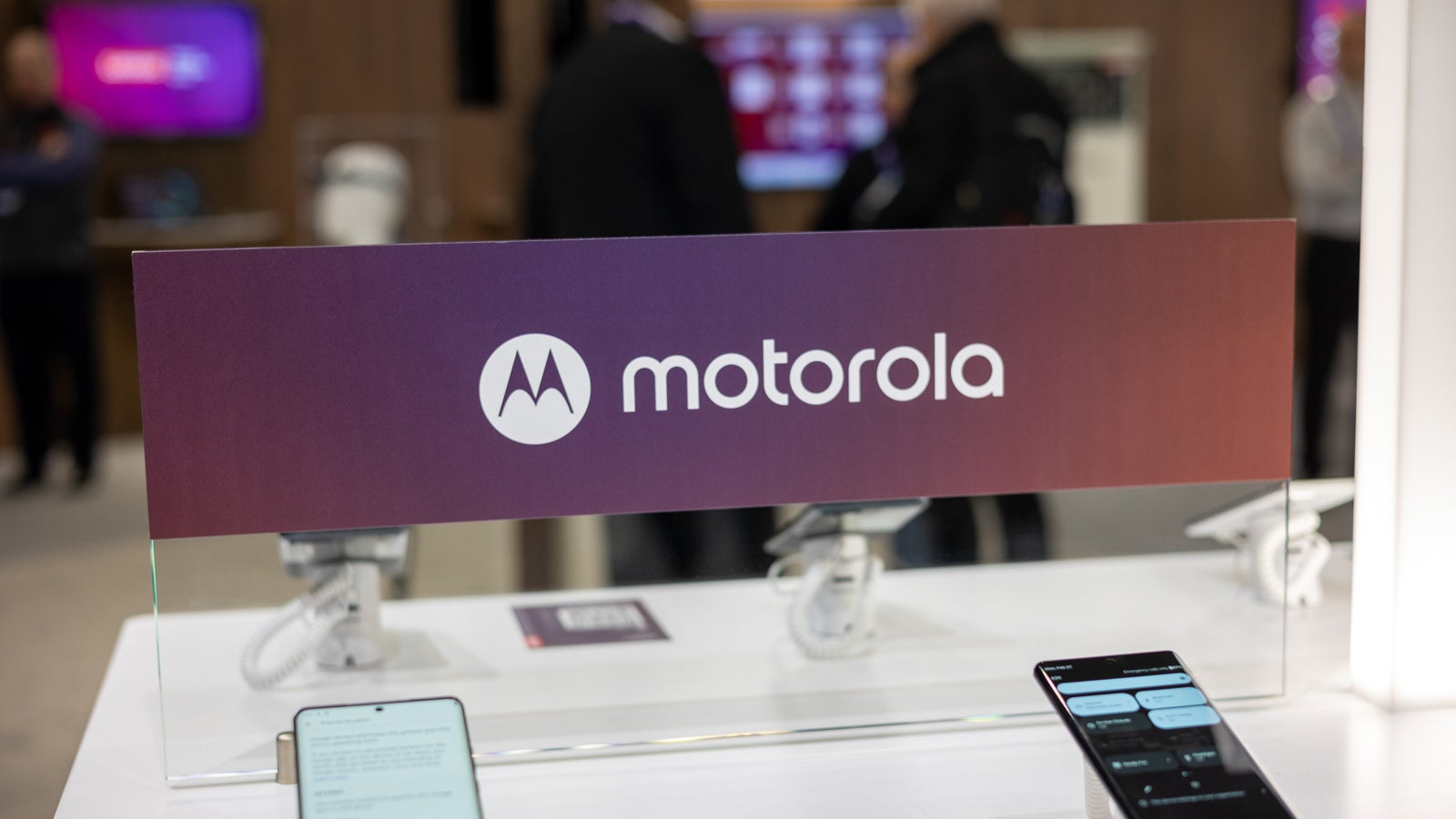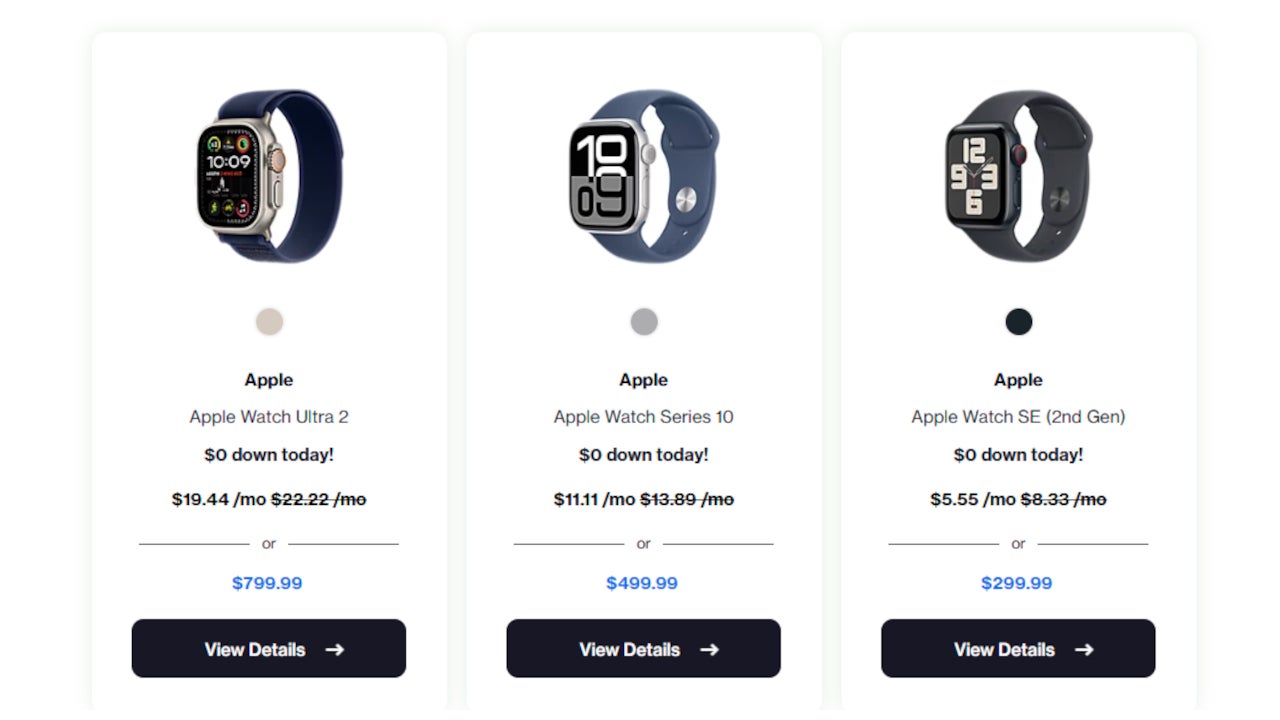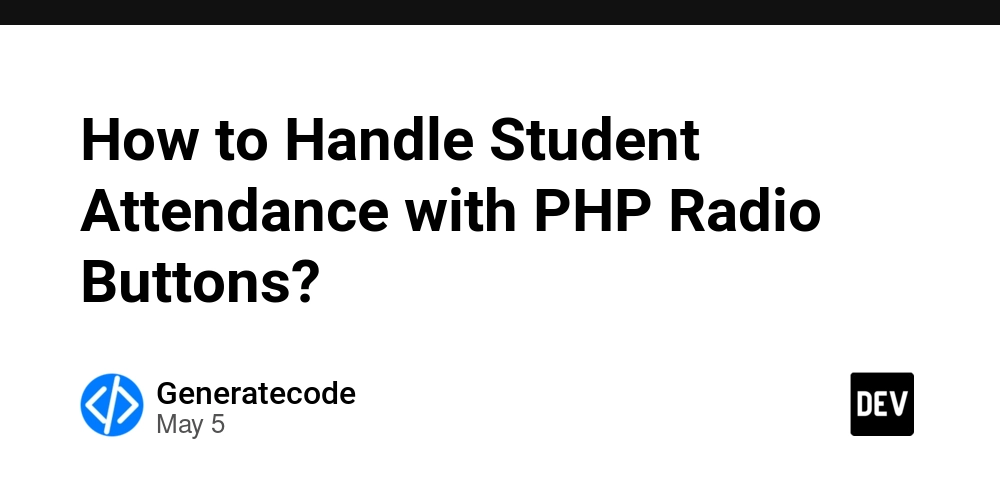Optimizing Cleaning Resource Management with IoT
The professional cleaning industry is undergoing a digital transformation thanks to the adoption of smart technology and Internet of Things (IoT) devices. From robotic vacuums to connected scheduling systems, these technologies are significantly improving efficiency, saving costs, and enabling real-time optimization of cleaning resources. In this article, we will explore how connected devices are streamlining resource allocation, inventory control, personnel management, and customer satisfaction in the cleaning services industry. We’ll also embed code snippets in Python and Node.js to demonstrate how you can build and integrate simple IoT monitoring systems for cleaning operations. The Cleaning Industry's Evolution: Enter IoT Traditional cleaning service management relied on manual reporting, static schedules, and basic checklists. This model left room for inefficiencies, especially when dealing with variable occupancy levels, large facilities, or multiple clients in different locations. Connected IoT devices now allow cleaning service providers to monitor conditions in real-time and adapt dynamically. Examples include: Motion sensors to determine when rooms need cleaning Smart dispensers that alert when refills are needed Environmental sensors tracking air quality or humidity Wearables for personnel tracking and safety NFC/RFID for inventory and equipment management With these tools, businesses can ensure cleaning is done only when needed and focus human resources on priority tasks, resulting in leaner operations and happier clients. This is especially useful for providers like contents cleaning service westchester IL , where item-level inventory tracking using RFID has become essential for post-disaster recovery scenarios. Implementing a Smart Cleaning Monitoring System (Python + MQTT) Let’s simulate a basic example using Python and MQTT to monitor supply levels in restrooms or kitchens. import paho.mqtt.client as mqtt import random import time BROKER = "broker.hivemq.com" TOPIC = "cleaning/supply/status" client = mqtt.Client("CleaningMonitor") client.connect(BROKER) while True: supply_level = random.randint(0, 100) # Simulated sensor reading message = f"{{'soap_level': {supply_level}}}" client.publish(TOPIC, message) print("Sent:", message) time.sleep(5) This simple script could be installed on a Raspberry Pi connected to an actual sensor. Managers can receive alerts when supplies are below a certain threshold. A use case for these alerts can be seen in services such as house cleaning melrose park IL, where customers benefit from customized scheduling based on supply usage and air quality sensors. Real-Time Dashboard with Node.js and Socket.io You can also create a real-time dashboard using Node.js and Socket.io to visualize the cleaning sensor data. const express = require('express'); const http = require('http'); const socketIo = require('socket.io'); const app = express(); const server = http.createServer(app); const io = socketIo(server); io.on('connection', (socket) => { console.log('Client connected'); setInterval(() => { const soapLevel = Math.floor(Math.random() * 100); socket.emit('update', { soapLevel }); }, 5000); }); server.listen(3000, () => console.log('Listening on port 3000')); This snippet can be paired with a simple HTML+JS frontend to visualize sensor metrics for smart cleaning. A firm like office cleaning elk grove village uses real-time dashboards to adjust staff shifts according to actual room usage patterns. IoT Benefits for Cleaning Service Providers 1. Predictive Maintenance IoT-connected vacuums, mops, and scrubbers can notify service centers before breakdowns occur, reducing downtime and emergency costs. 2. Dynamic Task Assignment Systems can reassign staff based on real-time conditions (e.g., high usage in conference rooms during events). 3. Quality Assurance Smart sensors can log each completed task, timestamped and location-stamped, improving accountability. Businesses that offer commercial cleaning in berkeley are seeing reductions in operational costs by deploying autonomous cleaning bots that use machine learning to cover large commercial areas. Another advantage is the ability to handle premium clientele needs. For instance, cleaning services kenilworth leverages AI-based route planning tools to increase response time and reduce idle labor hours. Even in highly competitive markets like Cleaning Services Chicago, companies are integrating smart systems to optimize daily cleaning schedules, automate reporting, and maintain transparency with clients through digital logs. Future Trends As 5G and edge computing become widespread, expect even faster data transmission from sensors and more autonomous decision-making by devices. Integration with AI will also mean advanced analytics on cleaning trend

The professional cleaning industry is undergoing a digital transformation thanks to the adoption of smart technology and Internet of Things (IoT) devices. From robotic vacuums to connected scheduling systems, these technologies are significantly improving efficiency, saving costs, and enabling real-time optimization of cleaning resources.
In this article, we will explore how connected devices are streamlining resource allocation, inventory control, personnel management, and customer satisfaction in the cleaning services industry. We’ll also embed code snippets in Python and Node.js to demonstrate how you can build and integrate simple IoT monitoring systems for cleaning operations.
The Cleaning Industry's Evolution: Enter IoT
Traditional cleaning service management relied on manual reporting, static schedules, and basic checklists. This model left room for inefficiencies, especially when dealing with variable occupancy levels, large facilities, or multiple clients in different locations.
Connected IoT devices now allow cleaning service providers to monitor conditions in real-time and adapt dynamically. Examples include:
- Motion sensors to determine when rooms need cleaning
- Smart dispensers that alert when refills are needed
- Environmental sensors tracking air quality or humidity
- Wearables for personnel tracking and safety
- NFC/RFID for inventory and equipment management
With these tools, businesses can ensure cleaning is done only when needed and focus human resources on priority tasks, resulting in leaner operations and happier clients.
This is especially useful for providers like contents cleaning service westchester IL
, where item-level inventory tracking using RFID has become essential for post-disaster recovery scenarios.
Implementing a Smart Cleaning Monitoring System (Python + MQTT)
Let’s simulate a basic example using Python and MQTT to monitor supply levels in restrooms or kitchens.
import paho.mqtt.client as mqtt
import random
import time
BROKER = "broker.hivemq.com"
TOPIC = "cleaning/supply/status"
client = mqtt.Client("CleaningMonitor")
client.connect(BROKER)
while True:
supply_level = random.randint(0, 100) # Simulated sensor reading
message = f"{{'soap_level': {supply_level}}}"
client.publish(TOPIC, message)
print("Sent:", message)
time.sleep(5)
This simple script could be installed on a Raspberry Pi connected to an actual sensor. Managers can receive alerts when supplies are below a certain threshold.
A use case for these alerts can be seen in services such as house cleaning melrose park IL, where customers benefit from customized scheduling based on supply usage and air quality sensors.
Real-Time Dashboard with Node.js and Socket.io
You can also create a real-time dashboard using Node.js and Socket.io to visualize the cleaning sensor data.
const express = require('express');
const http = require('http');
const socketIo = require('socket.io');
const app = express();
const server = http.createServer(app);
const io = socketIo(server);
io.on('connection', (socket) => {
console.log('Client connected');
setInterval(() => {
const soapLevel = Math.floor(Math.random() * 100);
socket.emit('update', { soapLevel });
}, 5000);
});
server.listen(3000, () => console.log('Listening on port 3000'));
This snippet can be paired with a simple HTML+JS frontend to visualize sensor metrics for smart cleaning.
A firm like office cleaning elk grove village uses real-time dashboards to adjust staff shifts according to actual room usage patterns.
IoT Benefits for Cleaning Service Providers
1. Predictive Maintenance
IoT-connected vacuums, mops, and scrubbers can notify service centers before breakdowns occur, reducing downtime and emergency costs.
2. Dynamic Task Assignment
Systems can reassign staff based on real-time conditions (e.g., high usage in conference rooms during events).
3. Quality Assurance
Smart sensors can log each completed task, timestamped and location-stamped, improving accountability.
Businesses that offer commercial cleaning in berkeley are seeing reductions in operational costs by deploying autonomous cleaning bots that use machine learning to cover large commercial areas.
Another advantage is the ability to handle premium clientele needs. For instance, cleaning services kenilworth leverages AI-based route planning tools to increase response time and reduce idle labor hours.
Even in highly competitive markets like Cleaning Services Chicago, companies are integrating smart systems to optimize daily cleaning schedules, automate reporting, and maintain transparency with clients through digital logs.
Future Trends
As 5G and edge computing become widespread, expect even faster data transmission from sensors and more autonomous decision-making by devices. Integration with AI will also mean advanced analytics on cleaning trends, traffic flows, and optimal resourcing.
Quick Cleaning and the Role of Automation
Quick Cleaning, as a concept, doesn’t just mean faster—it means smarter. By letting devices collect and analyze data, human cleaners can be dispatched only when necessary, focusing efforts where they matter most. This reduces burnout, improves satisfaction, and keeps client facilities looking their best without wasting time or supplies.
Conclusion
IoT-connected devices are changing how cleaning services operate—from residential homes to large office buildings. Real-time data, predictive insights, and automation are turning traditional workflows into optimized systems. Whether you're a tech enthusiast or a cleaning business owner, embracing these innovations can drive quality, efficiency, and sustainability in your operations.
Have questions or your own success story with IoT in cleaning? Share it below!








































































































































































![[The AI Show Episode 145]: OpenAI Releases o3 and o4-mini, AI Is Causing “Quiet Layoffs,” Executive Order on Youth AI Education & GPT-4o’s Controversial Update](https://www.marketingaiinstitute.com/hubfs/ep%20145%20cover.png)





















































































































































































































































































































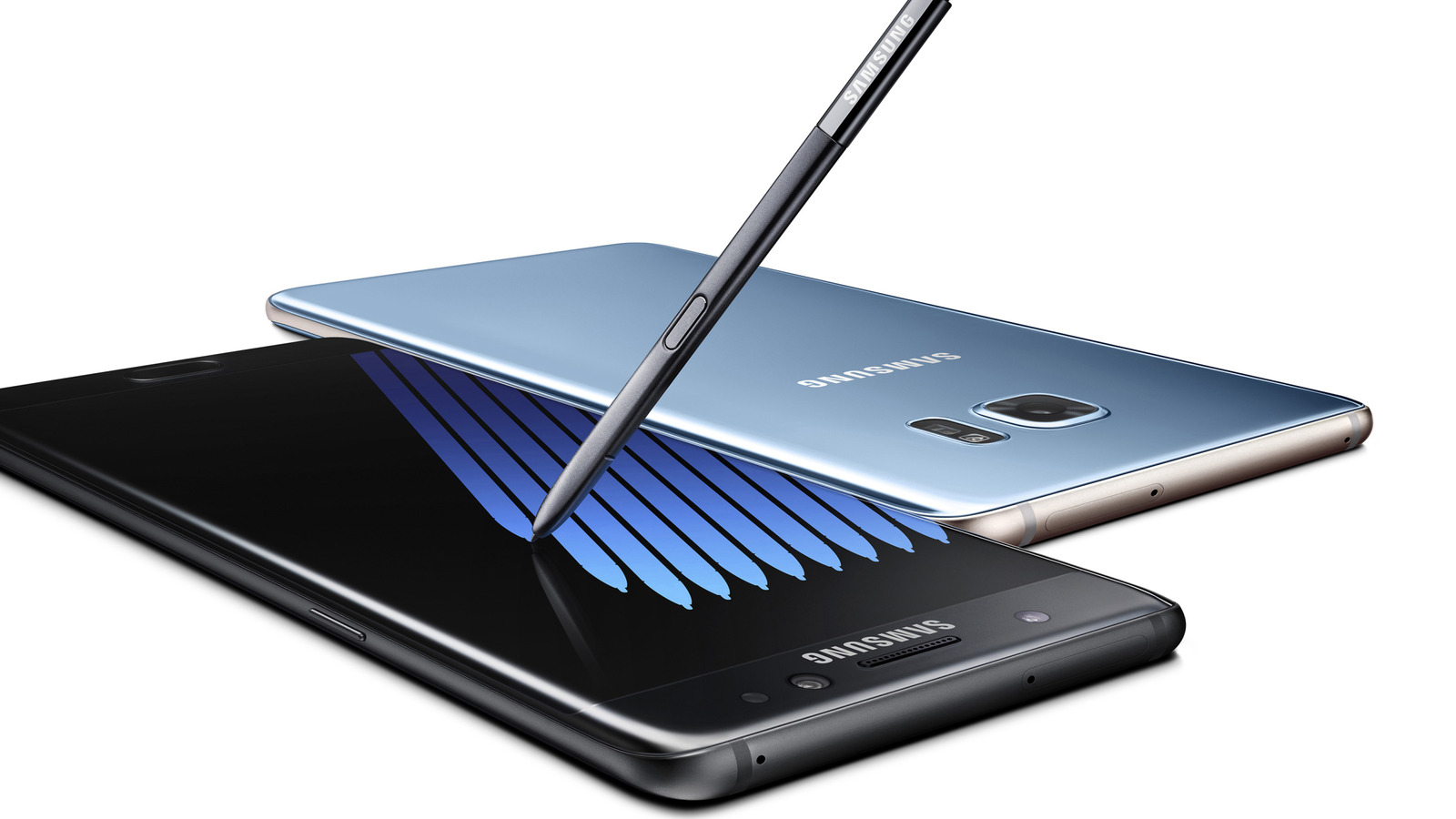









































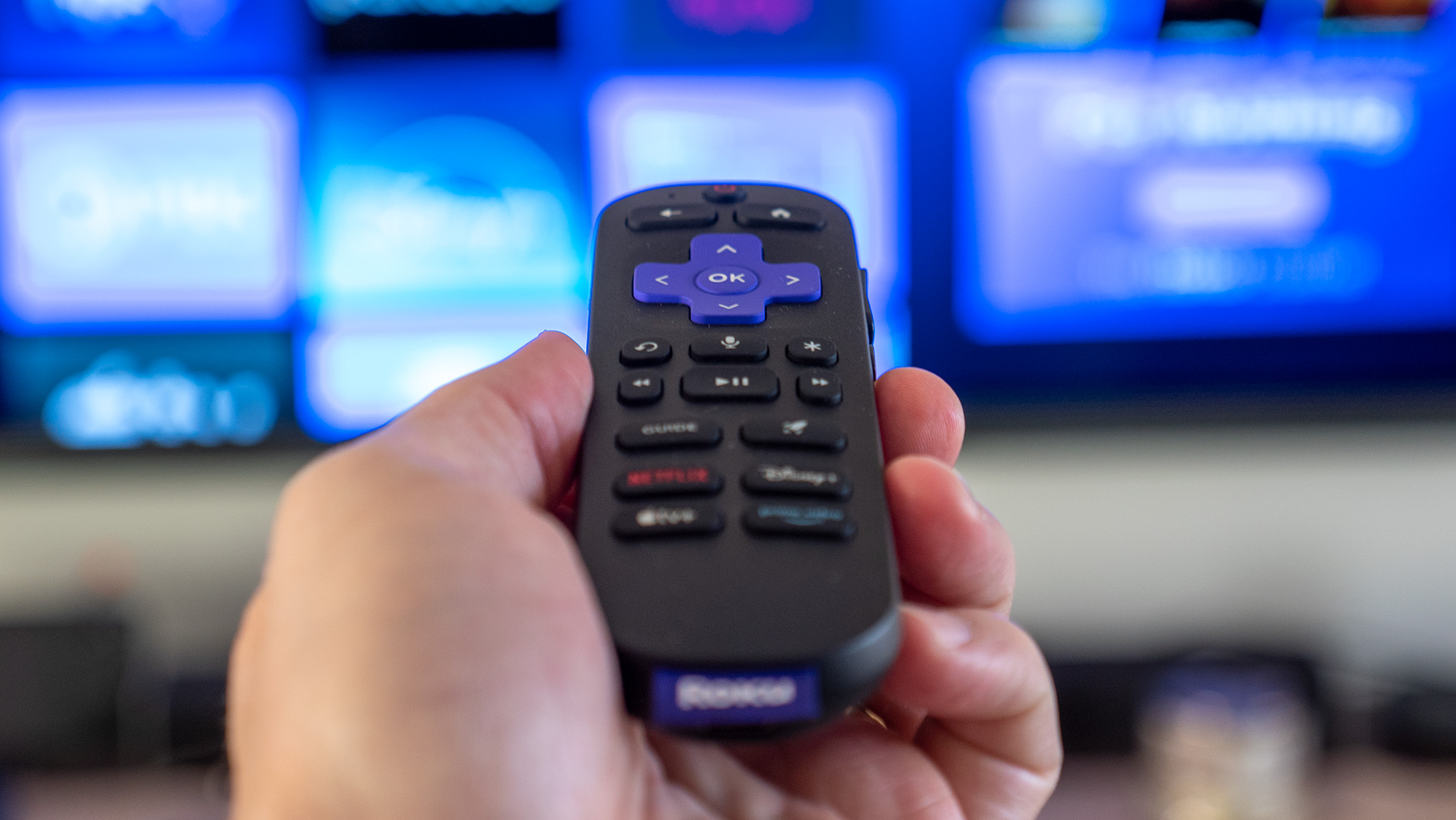



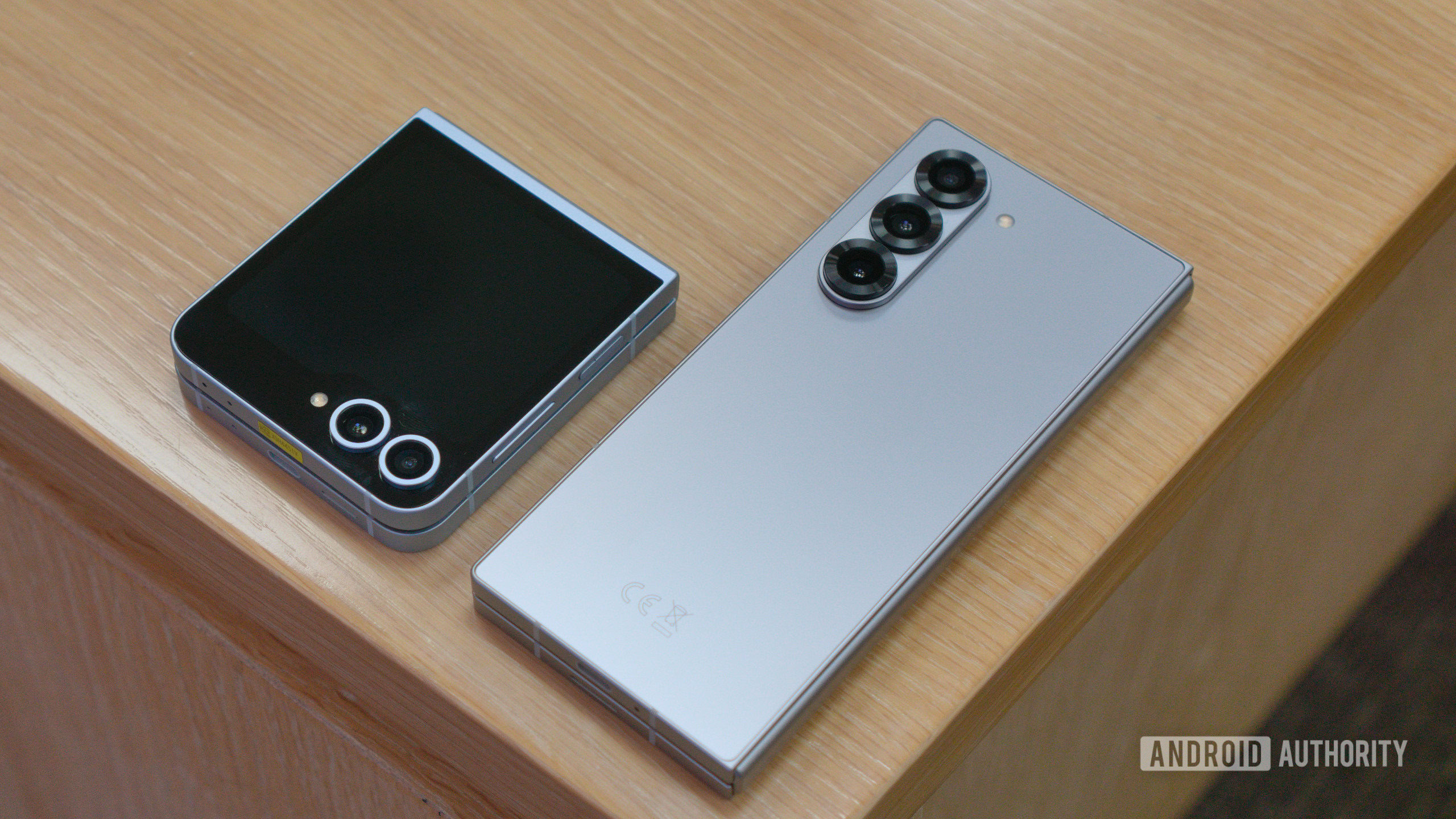




















![Apple Shares Official Teaser for 'Highest 2 Lowest' Starring Denzel Washington [Video]](https://www.iclarified.com/images/news/97221/97221/97221-640.jpg)

![Under-Display Face ID Coming to iPhone 18 Pro and Pro Max [Rumor]](https://www.iclarified.com/images/news/97215/97215/97215-640.jpg)
![New Powerbeats Pro 2 Wireless Earbuds On Sale for $199.95 [Lowest Price Ever]](https://www.iclarified.com/images/news/97217/97217/97217-640.jpg)
















